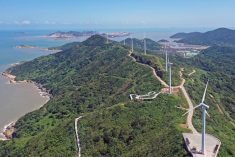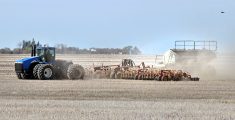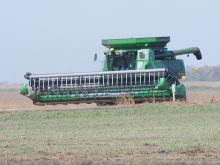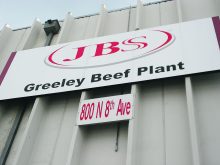The industry says newer varieties and the changing climate could increase acres, particularly in east-central Saskatchewan
Soy Canada is looking to western Canadian growers, particularly in the black and grey soil zones, to meet its goal of 10 million acres by 2027.
East-central Saskatchewan shows potential, thanks to newer varieties and the changing climate.
Executive director Brian Innes told a recent SaskPulse seminar that climate trends projecting hotter weather might be bad news for crops that like it cool, but not for soybeans. The east-central region typically gets more moisture than other parts of the province, which soybeans need, especially in late July and August.
Read Also
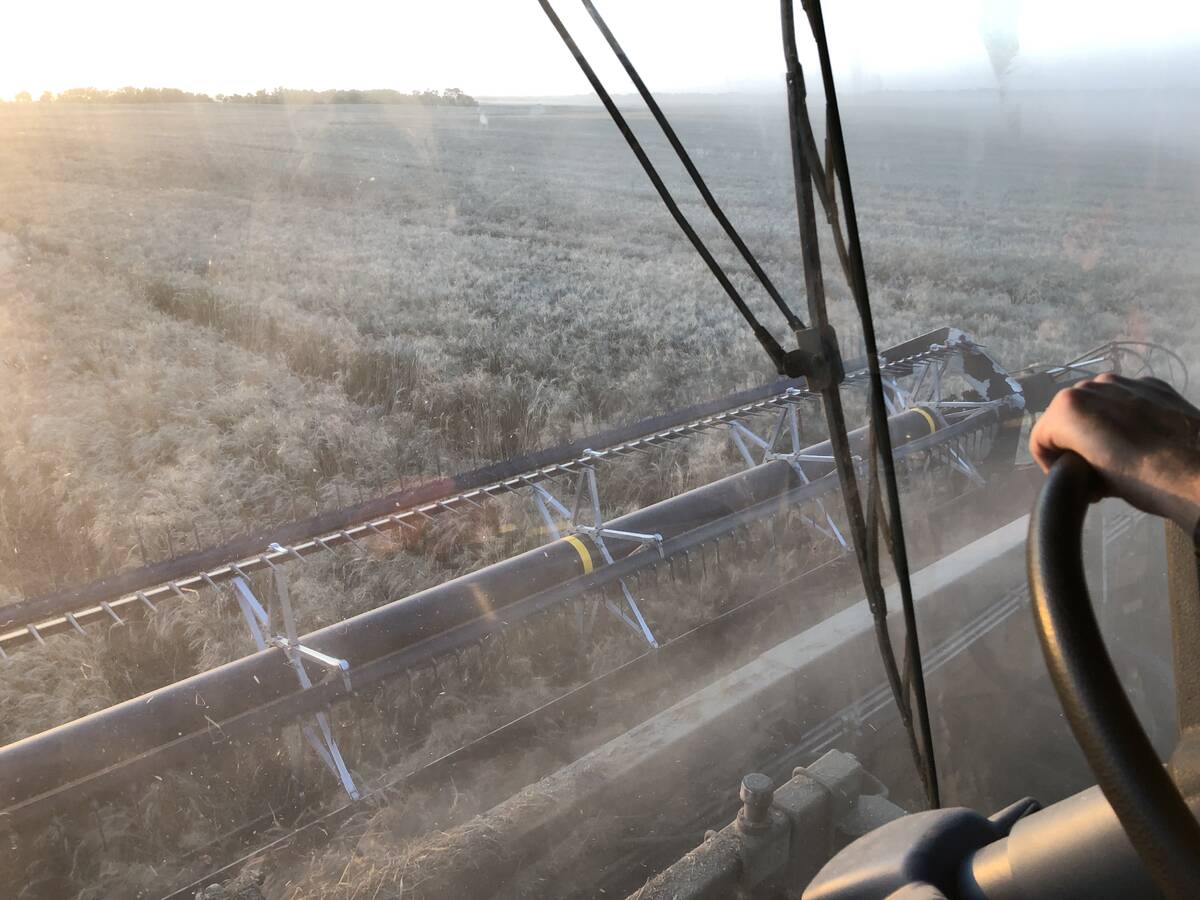
Mail strike disrupts grain sample delivery
The Canadian Grain Commission has asked farmers to consider delivering harvest samples directly to CGC offices, services centres or approved drop offs as Canada Post strike delays mail.
Innes said Agriculture Canada research shows seeding dates in the Melville and Humboldt areas could be a week earlier by 2030 and two weeks earlier by 2050.
“We also see dramatically more heat units,” he said. “Critically, that portion of the Prairies in the black soil zone where you’ve got moisture also will now have enough heat to grow good soybean crops.”
There is a linear relationship between heat and yield.
The data show the probability of getting enough heat is also likely to increase dramatically. In Humboldt, for example, the probability of getting enough heat to finish a soybean crop will rise from 30 percent to 90 percent.
Melville could get as many as 16 more days above 30 C, while Humboldt could get 14.
Despite the heat, precipitation is not expected to change much, Innes said.
He said doubling production between 2016 and 2027 is possible. Increasing yield by six million tonnes corresponds to six million more acres and 45-bushel yields in the west.
SaskPulse agronomy manager Meagen Reed encouraged growers to look at the new varieties designed to suit the lower average heat units the province experiences.
Saskatchewan growers planted about 850,000 acres at the high in 2017, but that dropped by more than half the following year and has trickled downward as dry conditions persisted.
However, farmers who grew the crop last year saw success, she said, showing pictures from the Birch Hills area. Reed said anecdotal reports show 35-bu.-per acre yields.
There are 20 new varieties available within 2,175 and 2,400 heat units; the Saskatchewan average is 2,455. Reed said there has been a huge focus by breeders on reducing days to maturity and the newer varieties have increasing photosensitive time.
She said there are other advantages to growing soybeans as a pulse rotation. They can help break the disease cycle for aphanomyces and use different herbicides than peas and lentils.
One knock against soybeans grown in Western Canada has been protein.
“If we look at the protein this year in Western Canada versus Eastern Canada, in fact there’s no difference,” said Innes. “It’s incredible to see the advances.”
In addition to food grade and identity-preserved soybeans, he said there are markets in biofuels with three new crush plants opening just across the U.S. border.
On a recent trade trip to Asia, farmers and officials went to Vietnam to discuss a market access issue: Vietnam’s zero tolerance for Canada thistle seeds.
Innes said Vietnam imposed that barrier in 2019 and that makes it difficult to ship bulk soybeans. Americans don’t have the same restrictions.
“As a consequence we’re losing market share, we’re losing value, and Vietnam is a growing market for soybeans, particularly in the space to feed animals,” he said.
Price-wise, market analyst Chuck Penner of LeftField Commodity Research said Brazil’s large crop this year is hanging over the market.
It’s about 155 million tonnes and is already being harvested.
“That’s been offset to some degree by the smaller Argentinian crop, but the overall size of that soy production is up,” he told the meeting.
Penner said China’s economic re-opening and recovery will drive the market.
“China is going to be the lynchpin in the soy outlook,” he said.
He expects imports will grow again this year and suggested markets will likely be flat.
“That’s why you’re seeing despite these forecasts of a massive Brazilian crop… soy futures move roughly sideways. They haven’t cratered based on that yet.”







